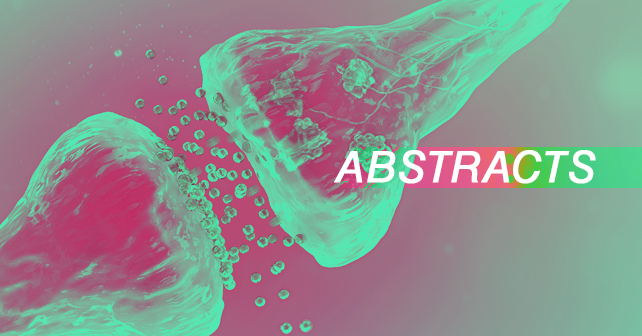Abstract
Background:
The lateral supraorbital approach (LSO) provides access to a variety of pathologies including anterior and some posterior circulation aneurysms, sellar and suprasellar lesions, and anterior fossa tumors. Technical modifications of LSO improve the surgical exposure of the skull base.
Methods:
We retrospectively analyzed 73 consecutive patients treated by the senior author (Juha A. Hernesniemi), at the Department of Neurosurgery, Helsinki University Hospital in Helsinki, Finland from May 2013 to October 2013. This study cohort underwent a modified LSO to access anterior circulation aneurysms, sellar and suprasellar tumors, and anterior fossa tumors. The studied population comprised 30 men and 43 women, with a mean age at treatment of 54 years (9–83 years).
Results:
LSO was successfully used to access anterior circulation aneurysms in 59 (81%) patients, 10 (14%) patients with anterior cranial fossa tumors, and 4 (5%) patients with suprasellar tumors. The skull base drilling provided a mean of 6.8 mm (1.7–22 mm) in increased exposure.
Conclusion:
LSO provides adequate access to vascular and neoplastic lesions of the anterior cranial fossa, by drilling approximately 6.8 mm (1.7–22 mm) of the lateral orbital wall and sphenoid wing. This enhances surgical exposure and trajectory. An additional trick while performing an LSO is to place a single or multiple stiches (orbitozygomatic stich) at the base of the dura once opened, eliminating the dead space between the dura and anterior skull base.


